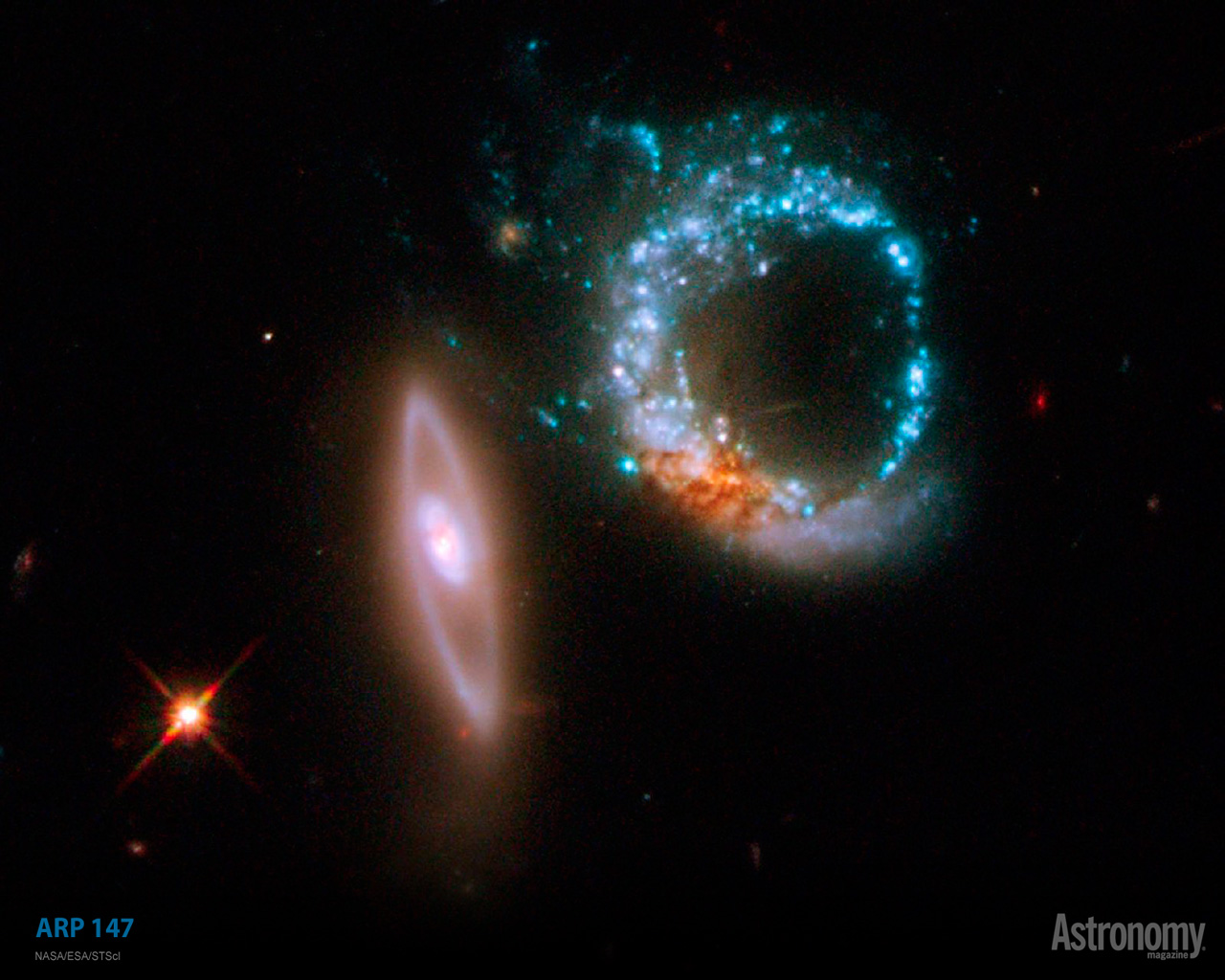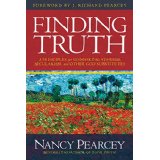- ABOUT
- ARGUMENTS – EXISTENCE OF GOD
- The Argument from Contingency
- Cosmological Argument
- Moral Argument
- Ontological Argument
- Teleological/Design/Fine-tuning Argument
- Pascal’s Wager
- The Argument from Religious Experience
- The Argument from Miracles
- The Argument from Consciousness
- The Argument from Truth
- The Argument from Desire
- The Argument from Aesthetic Experience
- HISTORICITY – RESURRECTION
- CHRISTIANITY & ISLAM
- APOLOGETICS
I will post an article re Finding Truth shortly. In the mean time, I recommend the excellent summary/commentary series of the book by Amy K. Hall, whose column can be found at Stand to Reason here “Finding Truth” by Nancy Pearcey can be purchased, both in Kindle version and hard copy here For Nancy Pearcy’s official web site–here
Discipleship and Finding Truth–Lecture by Nancy Pearcy–Broadway Church (2015)
For information on Alex McFarland’s STAND STRONG TOUR click here
Christianity is growing, but not rapidly enough to fulfill the Great Commission, according to “The Future of World Religions,” a comprehensive demographic study from the Pew Research Center. The Pew report describes the roadblocks obstructing Christians’ path in the quest to fulfill Jesus’ demand to share the gospel with the whole world. For complete article click here
Expert from article:
Three tasks to make a difference
This is an enormously complex task; covering it in an editorial seems almost silly. But for the sake of argument, let’s say we could pick three tasks to make a difference. What should they be?
• First, produce sharper, more-informed Christians. To talk compellingly with “nones” (not to mention people on the margins of Christianity who are leaning toward abandoning belief), lay Christians need to be fluent in apologetics. It’s not about arguing theology. It’s simply understanding how to talk about faith and the “hard issues” of life with clarity and compassion.
If we’re going to lead people of other religions to Jesus, we can do a better job if we understand their beliefs. So, education on world religions is vital. Many are important, but if you only choose one, choose Islam.
So, is your church training laypeople to articulate their faith and to have spiritual conversations with people of other faiths or no faiths? If not, it’s a stretch to say you’re a Great Commission church.
As many churches across America exchange belief in the absolute authority of Scripture for a “feel good” gospel, religion and culture expert Dr. Alex McFarland (alexmcfarland.com), will join with ministry leaders from across the nation this month to call for revival within the church. McFarland will be speaking on Wednesday, April 15, at 2 PM and will also be conducting a workshop that same afternoon from 3:30-4:30 PM on the role of apologetics in the local church. For complete article click here
The main reason people abandon Christianity is unanswered intellectual questions, yet many churches treat faith as a mostly emotional experience, philosopher Nancy Pearcey argued in an interview with The Christian Post. Her new book, Finding Truth: 5 Principles for Unmasking Atheism, Secularism, and Other God Substitutes, provides five practical strategies to help Christians think about issues that challenge their faith. For complete article click here
Christianity isn’t a “fairy tale,” says the Rev. Evan McClanahan. It can stand up to scrutiny. “Christianity is historical,” he says. “Yes, it’s supernatural, but that doesn’t, in our view, just make it wishful thinking. The resurrection … is either a historical fact or not. There’s no middle ground.” The Berg vs. Peeler match is scheduled for 7:30 p.m. April 18. Here’s a preview of their thoughts–click here for complete interview with the debators.
Amy Orr-Ewing, among the most prominent apologists in the UK today, found her voice in a place where she wasn’t allowed to speak at all–listen to her interview on Apologetic315 here
Thom S. Rainer sits down with Millennial leaders in the church to identify and study trends in how the Millennial leaders are increasing the importance and effectivenss of theological education in the local church–read more here
 BANG!…well, actually it was quite a bit bigger, louder & hotter than what I can describe here, but we’ll refer to this event as the Big Bang for now. Ok, on to what exactly is the ‘big bang?” Simply put, it is the finite moment in which the universe began to exist, in which space, time, matter & energy were created. According to the prevailing cosmological models that explain our universe, an ineffable explosion, trillions of degrees in temperature on any measurement scale, that was infinitely dense, created not only fundamental subatomic particles and thus matter and energy, but space and time itself. Cosmologists use the term Big Bang to refer to the theory that the universe was originally extremely hot and dense at some finite time in the past, and has since cooled by expanding to the present diluted state–and continues to expand today. The theory is supported by the most comprehensive and accurate explanations from current scientific evidence and observation. According to the best available measurements such as the cosmic microwave background radiation & the correlation function of the galaxies, as of 2010, the initial conditions occurred around 13.3 to 13.9 billion years ago.
BANG!…well, actually it was quite a bit bigger, louder & hotter than what I can describe here, but we’ll refer to this event as the Big Bang for now. Ok, on to what exactly is the ‘big bang?” Simply put, it is the finite moment in which the universe began to exist, in which space, time, matter & energy were created. According to the prevailing cosmological models that explain our universe, an ineffable explosion, trillions of degrees in temperature on any measurement scale, that was infinitely dense, created not only fundamental subatomic particles and thus matter and energy, but space and time itself. Cosmologists use the term Big Bang to refer to the theory that the universe was originally extremely hot and dense at some finite time in the past, and has since cooled by expanding to the present diluted state–and continues to expand today. The theory is supported by the most comprehensive and accurate explanations from current scientific evidence and observation. According to the best available measurements such as the cosmic microwave background radiation & the correlation function of the galaxies, as of 2010, the initial conditions occurred around 13.3 to 13.9 billion years ago.
Now you may be thinking, “Ah, so you’re a Darwinian evolutionist! Anyone who believes that the universe was created in a time frame of more than 6-24 hour days, is an evolutionist and as such, an atheist.” If that is your take on the issue, I understand, as it was also mine at one time. Sad to say, most people have a very black & white perception as to how the universe came into being—I was one of those “black or white” people. However, after a rather long journey of exploration & study of other Creation account models, I found that there was a “middle of the road” Creation model, known in scientific & philosophical circles as the Day-Age/Progressive Creation model, that helped to sync the two accounts of Creation—that which is found in the book of Genesis (Bible) and the “book of nature.” The “book of nature” that I am referring to is that of the Creation itself & the scientific evidence pertaining to the earth & cosmos which is all around us. Believe it or not, these two accounts are not contradictory to one another. In fact, they are perfectly synchronized & in full agreement. As Martin Luther once said, “God writes the Gospel not in the Bible alone, but also on trees, and in the flowers and clouds and stars.”
Before I go any further, I want to make it clear that I am not saying that the Day-Age/Progressive creation model is THE model and is THE way in which God used to bring the universe into existence—we simply don’t have enough knowledge of the creation event to be dogmatic about what creation model is the model. Regarding the issue of dogmatism, Christian apologist Kenneth Samples offers the following perspective—“Christianity’s greatest theologians and biblical scholars, including Augustine, Calvin, and Warfield, expounded a diversity of views concerning the nature and duration of the Creation days. From the time of the church fathers, through the Reformation, and up to the present, various views have prevailed, some more broadly represented than others, but none was ever considered the definitive, or the only, orthodox biblical position.”[1] Christian philosopher/apologist William Lane Craig also cautions, “Genesis 1 is a very subtle piece of literature that is patient to a wide range of interpretations. It is simply wrong to dogmatically insist on one interpretation as being the only permissible Biblical interpretation that you can hold to be a Christian.”[2]
Let’s explore three points that are integral to the Day-Age creation model:
1. “In the beginning, God created the heavens & the earth”—the Big Bang. There is no time period given from the time of the Big Bang in which the Creation of space, time, matter & energy was brought into being, & when God turned His focus to the Creation process on Earth. The traditional interpretation of Genesis 1:1 is that it is describing a specific event, hence, the Big Bang, which is separate from what occurred after God turned His attention to Earth.
2. The Hebrew word most often translated as “day” is yom. It is generally acknowledged that yom can refer to the (roughly) 12-hour period of light during a normal day, to a 24-hour normal day, or to an unspecified period of time. The Hebrew for the phrase “evening and morning” or “evening, and there was morning” has usages not limited to 24-hour days. In fact, there are numerous usages in the Bible of this phrase, or variants of it, that refer to continuous processes or activities; hence, the process of Creation. What can be said definitively about “evening and morning and x day” is that it appears to serve as a marker the transition from one yom to the next yom. Nothing in the text precludes other evenings and mornings from occurring between these markers.
The interpretation of the word yom as being a period of time which extends beyond a 24 hour solar day is substantiated in the Genesis account itself, in the summary of the entire Creation account, where it states: “These are the generations of the heavens and of the earth when they were created, in the day that the LORD God made the earth and the heavens.”
3. The number of events of days three & six of the Creation would most certainly have comprised more than a 24-hour period. The third day indicates a process that would take a year or longer. On this day, God allowed the land to produce vegetation, trees and fruit. The text specifically states that the land produced trees that bore fruit with seed in it—“and God said, “Let the earth bring forth…. Any horticulturist knows that fruit-bearing trees require several years to grow to produce fruit. However, the text states that the land produced these trees (indicating a natural process) and that it all occurred on the third day. Obviously, such a “day” could not have been only 24 hours long.
The events of the sixth day of Creation require time beyond 24 hours. On this day, God created the mammals and mankind. He also planted a garden, watered it, let it grow, and put man in it, giving instructions on its care and maintenance. Then God brought all the animals to Adam to be named. This job, in itself would take many days or weeks. Next, God put Adam to sleep and created Eve. It is very unlikely all of this could take place in 24 hours, considering that Adam, unlike God, was a finite creature with limitations and boundaries in his nature, and those limitations were present before Adam’s fall. At this point, Adam would need considerable time to reflect upon and process the profound events he experiences—all of which cannot reasonably be reduced to a matter of several hours.
William Lane Craig sums it up in this way, “To conclude that all of these events could happen in a 24-hour period would be like viewing the time-lapse photography of Walt Disney’s Living Desert, not to mention the creation events of the third “day” in which God says, “Let the earth yield tender grass, herb sowing seed, fruit-tree (whose seed [is] in itself) making fruit after its kind, on the earth,”—a time cycle that spans at least a year or more.”
What then is the conclusion of the matter? If you are a Christian, whether your position is that of the Young Earth model, or the Day-Age/Progressive model, it has no bearing on your faith & belief as a Christian. However, if you as a Christian have struggled to reconcile the Young Earth model of the Biblical Creation account with the evidence & discoveries of science, especially concerning the time span in which Creation occurred, it is my hope that you may find resolution as I have within this creation model. The two accounts as presented in the Day-Age Progressive creation model, help to sync the two with each other when one applies the interpretation & reasoning stated herein.
And if you are not a Christian, but have found Christianity impossible to embrace because of the seeming contradiction between the Creation account found in the Bible, and that of scientific proofs & discoveries, it may be that you can find reconciliation between the two, & thereby come to an understanding of the reason & purpose of the One Who was the force & power in bringing it all to pass. You say, “But I don’t believe in God, much less that He created the universe, so all this is meaningless to me.” Well, take a moment to reflect on the following:
1. Whatever begins to exist has a cause of its existence.
2. The universe began to exist.
3. Therefore, the universe has a cause of its existence.[3]
(Note: For a complete explanation and defense of this argument for the existence of God (known as the Kalam cosmological argument), please go to the link in the footnote.)
“The first question which should rightly be asked,” wrote G.W.F. Leibniz, is “Why is there something rather than nothing?”[4] This question does seem to possess a profound existential force, which has been felt by some of mankind’s greatest thinkers. According to Aristotle, philosophy begins with a sense of wonder about the world, and the most profound question a man can ask concerns the origin of the universe.[5] In his biography of Ludwig Wittgenstein, Norman Malcolm reports that Wittgenstein said that he sometimes had a certain experience which could best be described by saying that “when I have it, I wonder at the existence of the world. I am then inclined to use such phrases as ‘How extraordinary that anything should exist!'”[6] Similarly, one contemporary philosopher remarks, “. . . My mind often seems to reel under the immense significance this question has for me. That anything exists at all does seem to me a matter for the deepest awe.” Why does something exist instead of nothing? Leibniz answered this question by arguing that something exists rather than nothing because a necessary being exists which carries within itself its reason for existence and is the sufficient reason for the existence of all contingent being.[7] [8]
As Nobel laureate Arno Penzias stated, “Astronomy [science] leads us to a unique event, a universe which was created out of nothing and delicately balanced to provide exactly the conditions required to support life. In the absence of an absurdly-improbable accident, the observations of modern science seem to suggest an underlying, one might say, supernatural plan.”
If you really want to know the Grand Designer & force behind the Big Bang & the universe in which we live, you can come to know Him personally right now by simply connecting to His power through the light & conduit of His power & love for you & all His Creation—Jesus Christ. Here’s the model for submitting your request:
“I humbly come before You, the Grand Designer of both the heavens & the earth, acknowledging my need for You, my Creator. I accept Your Son, Jesus Christ through Whom all things were created and by Whom all things consist—the One Who came to this earth to reconcile me to You, through His death & resurrection. I ask You, Jesus, to open my mind to Your thoughts & Your truth so that I may understand & see Your Creation through Your eyes, & that I may know the reason & purpose for my life. Thank You for the beauties of Your Creation, & the proof of Your existence through Your Creation.”
[1] Kenneth Samples, Creedal Controversy: The Orthodoxy of “Days”– http://www.reasons.org/creedal-controversy-orthodoxy-days
[2] William Lane Craig, Doctrine of Creation, podcast—http://www.reasonablefaith.org/site/PageServer?pagename=podcasting_main
[3] William Lane Craig, The Existence of God and the Beginning of the Universe, http://www.leaderu.com/truth/3truth11.html
[4] G.W. Leibniz, “The Principles of Nature and of Grace, Based on Reason,” in Leibniz Selections, ed. Philip P. Wiener, The Modern Student’s Library (New York: Charles Scribner’s Sons, 1951), p. 527
[5] Aristotle Metaphysica Lambda. l. 982b10-15
[6] Norman Malcolm, Ludwig Wittgenstein: A Memoir (London: Oxford University Press, 1958), p. 70.
[7] G.W. Leibniz, Theodicy: Essays on the Goodness of God, the Freedom of Man, and the Origin of Evil, trans. E.M. Huggard (London: Routledge & Kegan Paul, 1951), p. 127; cf. idem, “Principles,” p. 528.
[8] William Lane Craig, The Existence of God and the Beginning of the Universe, http://www.leaderu.com/truth/3truth11.html


